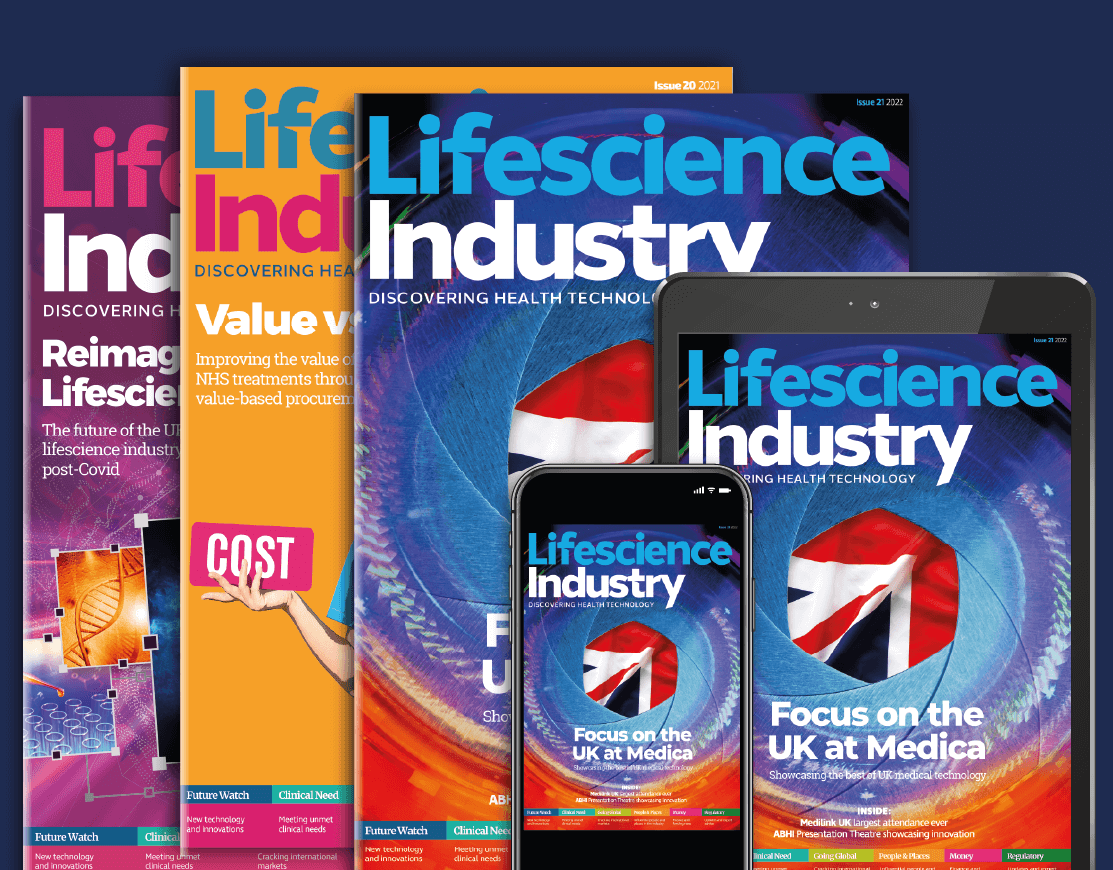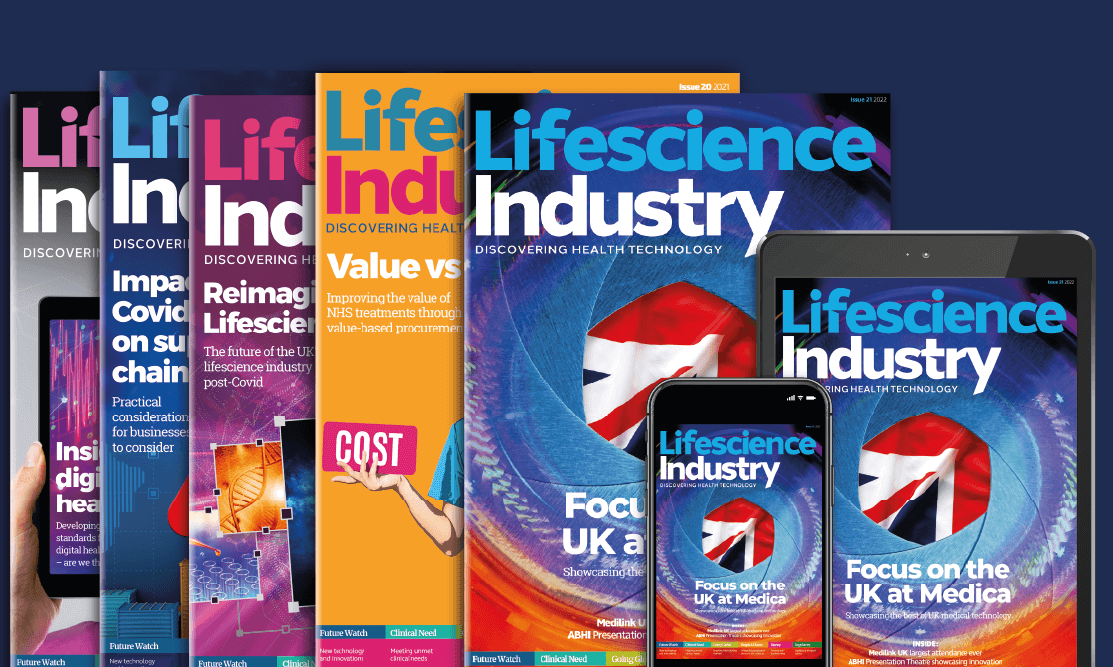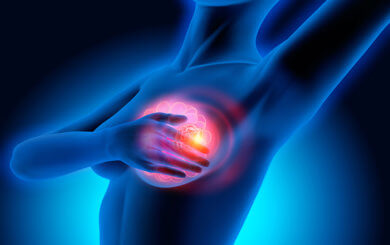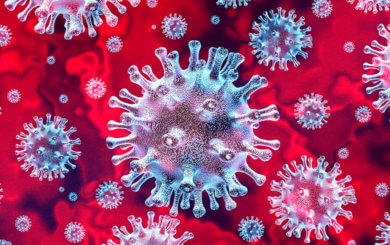
Adrian Smith, General Manager of Ireland and the UK at Hologic, explains the crucial role that the company sees artificial intelligence (AI) and digitisation playing in addressing the breast and cervical cancer screening backlogs in the UK.
COVID-19 has been a catalyst for change, with the diagnostics industry taking centre stage and rising to the challenge of a global pandemic. One of the silver linings of this mammoth task has been the unprecedented time and focus dedicated to finding new technologies and solutions within the sector.
The lessons learned from the pandemic now need to be taken forward to improve breast and cervical cancer detection, prevention and treatment across the UK over the coming years.
In the more immediate term, the diagnostics industry, alongside public health leaders, faces a daunting backlog as screening programmes for breast and cervical cancer were put on pause for months. These two life-saving tests have been some of the most overlooked during the pandemic and getting back on track with screening is critical as we start to turn the corner. We believe innovation in diagnostics, particularly artificial intelligence guided imaging, is a key tool to tackle delays in breast and cervical cancer diagnosis.
The scale of the backlog in missed appointments is vast. In the UK, an estimated 600,000 cervical screening appointments were missed in April and May 2020. And an estimated 986,000 women missed their mammograms, of which an estimated 10,700 could be living with undiagnosed breast cancer. It is clear that hundreds of thousands of women have been affected as COVID-19 resulted in the reprioritisation of healthcare systems and resource allocation.
Both cervical and breast cancer screening are well suited for digital technologies and the application of AI, given both require highly trained medical professionals to identify rare, subtle changes visually –a process that can be tedious, time-consuming and error prone. Artificial intelligence and computer vision are technologies which could help to significantly improve this.
What does AI mean in this context?
Before examining the three specific areas where digitisation and AI can help, it is important to define what we mean by AI. It is the application of AI to medical imaging to help accelerate detection and diagnosis. Digitisation is the vital first step in implementing an AI-driven solution – high quality images demand advanced cloud storage solutions and high resolution. The better the quality of the input, the more effectively trained an AI system will be.
The first area where AI-guided imaging can play a role is workflow prioritisation. AI, along with increased screening units and mammographers, has the potential to increase breast cancer screening capacity, by removing the need for review by two radiologists. When used as part of a screening programme, AI could effectively and efficiently highlight the areas that are of particular interest for the reader, in the case of breast screening, or cytotechnologist when considering cervical screening.
Based on a comparison with the average time taken to read a breast screening image, with AI 13% less time is needed to read mammogram images, improving the efficiency with which images are reviewed. This time saving could mean that radiologists could read more cases a day and potentially clear the backlog more quickly.
For digital cytology for cervical cancer screening, the system is able to evaluate tens of thousands of cells from a single patient in a matter of seconds and present the most relevant diagnostic material to a trained medical professional for the final diagnosis. The job of a cytotechnologist is to build a case based on the cells they see. Utilising these tools, we are finding that cytotechnologists and pathologists are significantly increasing their efficiency without sacrificing accuracy to help alleviate the backlog of cervical screening we are seeing in many countries.
Prioritising the most vulnerable patients
Another key opportunity is applying AI to risk stratification, as it could help to identify women who are particularly at risk and push them further up the queue for regular screening. Conversely, it would also allow the screening interval for those women at lower risk to be extended, creating a more efficient and targeted breast screening programme.
For example, women with dense breast tissue have a greater risk factor than having two immediate family members who have suffered from breast cancer. What’s more, dense breasts make it more difficult to identify cancerous cells in standard mammograms. This means that in some cases cancers will be missed, and in others, women will be unnecessarily recalled for further investigation.
A simple way to ensure that those most at risk of developing breast cancer are prioritised for screening and seen more regularly would be to analyse all women on the waiting list with AI-guided breast density software. This would allow clinicians to retrospectively identify those women most at risk and move them to the top of the waiting list for mammograms.
In the short term, to help tackle the screening backlog, prior mammograms of women on the waiting list could be analysed using the breast density software, so that women at highest risk could be seen first.
Finding new workforce models
Being able to pool resources will allow resource to be matched to demand beyond borders. Globally, more than half a million women are diagnosed with cervical cancer each year and the majority of these occur where there is a lack of guidance to conduct the screening programme. The digital transformation of cervical screening can connect populations that desperately need screening to resources where that expertise exists. For example, developing countries in Africa could collect samples from patients and image these locally, but rely on resources in the UK to support the interpretation of the images and diagnoses. Digital diagnostics brings the promise of a ‘taxi-hailing’ type model to cervical cancer screening – connecting groups with resources (drivers with cars) to those who are in need (passengers): this is an efficient way of connecting laboratory professionals to doctors and patients around the world.
It’s going to take many months to get cancer screening programmes up and running at normal levels again, with continued social distancing measures and additional infection control impacting turnaround times. But diagnostic innovation is on a trajectory that we cannot ignore. It will be key to getting cancer screening programmes get back on track. AI is a fundamental piece of the innovation puzzle and we are proud to be at the forefront of AI solutions for our customers and partners.
News & Analysis







